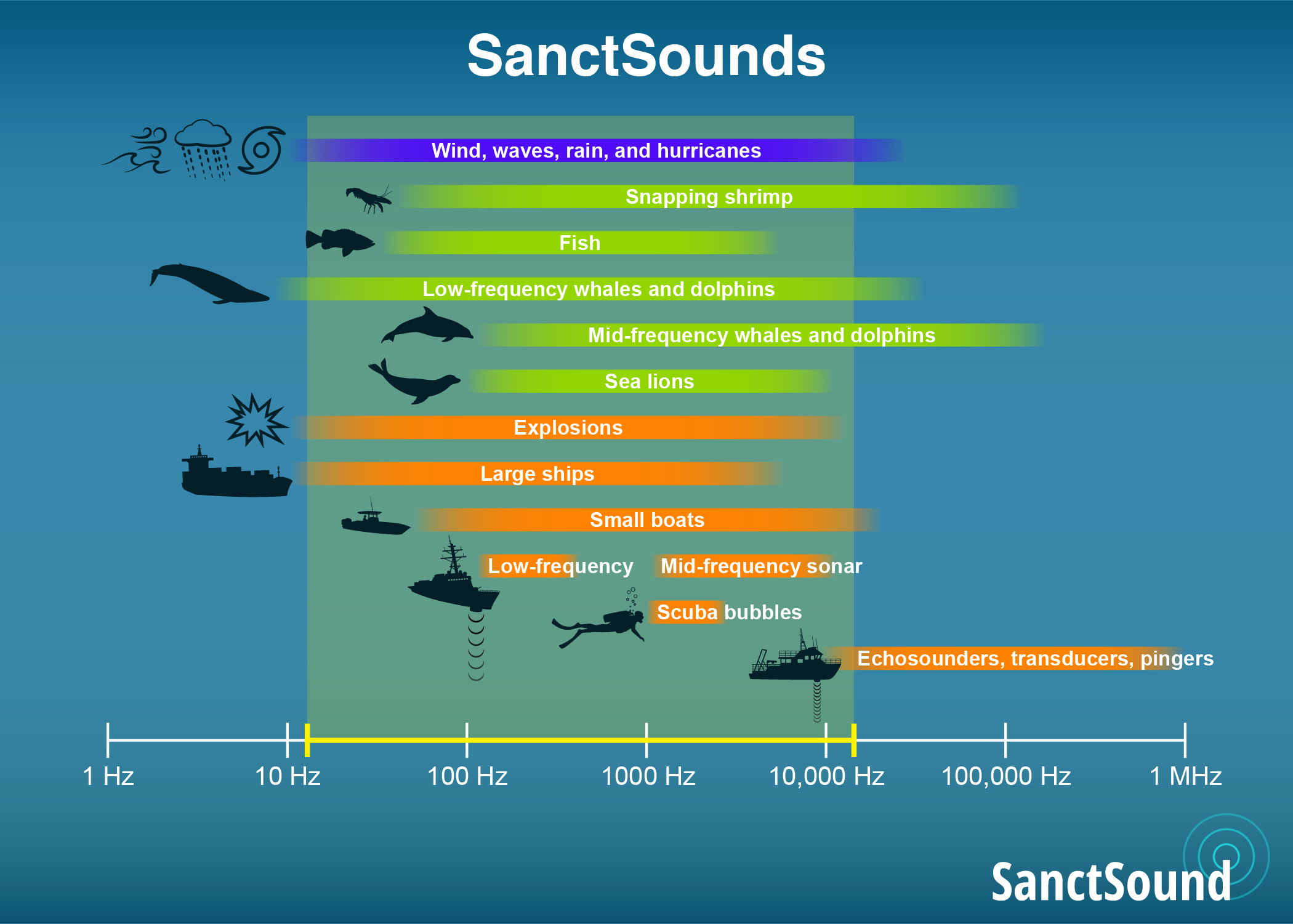
Ocean Sound Bath
Saturday, July 15 | 2-3pm
Join us for a unique sound bath experience featuring the underwater recording of Gray’s Reef National Marine Sanctuary guided with musical instrumentation. Let the soothing vibrations help you to relax and release stress, tension, and anxiety.
Location:
Gray’s Reef Ocean Discovery Center, 340 Martin Luther King Blvd., Savannah
$50 online or at the door
$25 for Ocean Protector Members
Free for Keystone Members
Proceeds Support Gray’s Reef National Marine Sanctuary Foundation
A partnership with Nomad & Wind Over Heaven
Gray’s Reef National Marine Sanctuary Foundation invites you to discover the wonders of the Atlantic Ocean by listening to the acoustic soundscape recordings in the NOAA underwater sound monitoring study. NOAA and the U.S. Navy are working to better understand underwater sound within the National Marine Sanctuary System. For the next few years, these agencies will work with numerous scientific partners to study sound within seven national marine sanctuaries and one marine national monument, which includes waters off Hawai’i and the east and west coasts.
Standardized measurements will assess sounds produced by marine animals, physical processes (e.g., wind and waves), and human activities. Collectively, this information will help NOAA and the Navy measure sound levels and baseline acoustic conditions in sanctuaries. This work is a continuation of ongoing Navy and NOAA monitoring and research, including efforts by NOAA’s Office of National Marine Sanctuaries.

For more information, visit the Sanctuary Soundscape Monitoring Project. https://sanctsound.ioos.us/
